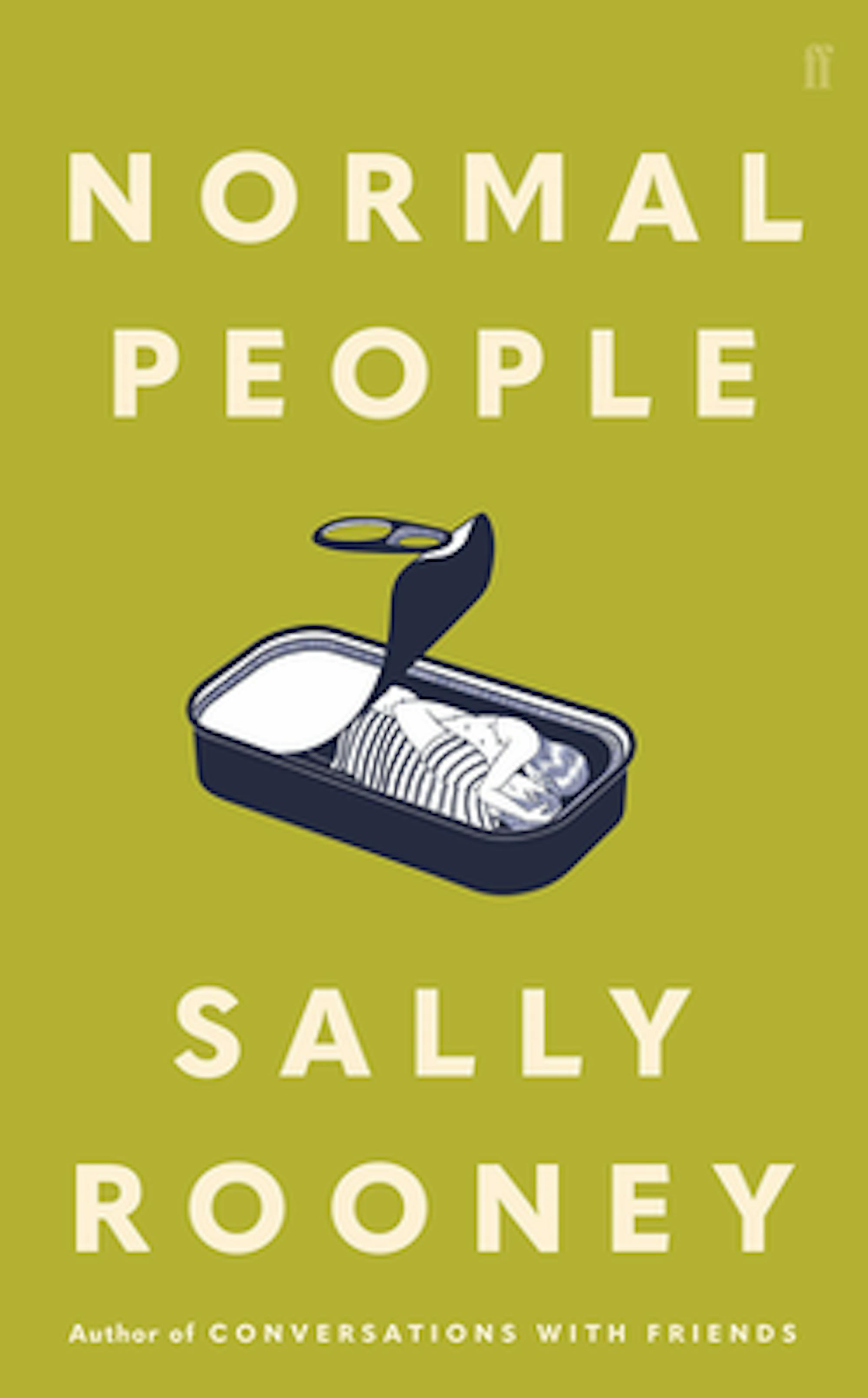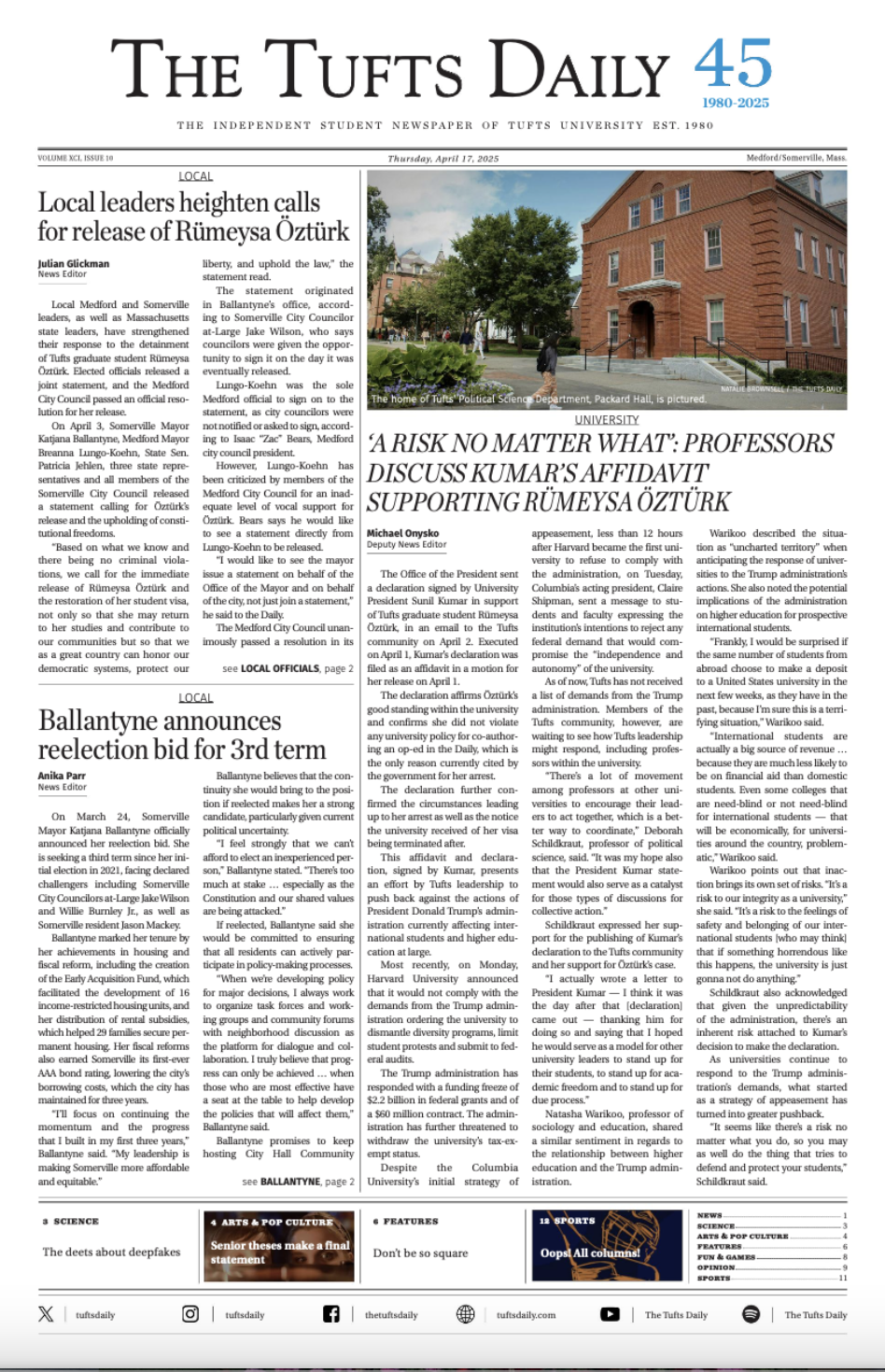Since the turn of the century, like every other entertainment industry, the literary publishing world has experienced drastic shifts towards massification. The appearance of mass publication, overexposure to advertisements and the ever-growing power of social media have redefined public preferences on books. Literary blockbusters — books that are “notably expensive, effective, successful, large, or extravagant,” per Merriam-Webster — have risen to prominence, with negative implications for the future of writing and literature.
Although it would be a mistake to not acknowledge the great benefits of massification, including the decentralization of access to publishing and the reduction of elitism in the industry, it would be worse to ignore its downsides. Although writing has always been a financially unstable profession, “making it” in the field has become enormously harder with the immense increase in published books. This phenomenon has precipitated one of the core characteristics of a blockbuster: trading the search for beauty in literature for mass appeal to the public. The merit of a book no longer resides in its literary value but rather in how much it can sell and how appealing it can be to the largest possible audience through media and social platforms. A perfect example is the “BookTok” shelves in Barnes & Noble branches around the United States, which feature books that have gone viral on the literary side of TikTok.
As another example, Sally Rooney’s “Normal People” (2018), which has taken the world by storm selling hundreds of thousands copies around the globe, has even been adapted into a television show. But where does this success come from?
For its subject, Rooney chose a cliché — an unrequited love coming-of-age story— that has proven successful amongst diverse audiences thanks to its universality. However, beyond its premise, there are three major aspects of the book that can betray the author’s search for marketability over literary value.
First, there is the story’s omniscient narrator. Throughout the book, Rooney maintains a constant structure to the scenes: she relates the events, presents dialogue, describes the thoughts and feelings of the characters and then uses the narration as a punchline to lay out the symbolism and messages instead of engraving it to allow the reader to find it by themself. The use of that narrator allows Rooney to create a book that can be publicized as “profound,” since the meanings are made explicit. Yet the strategy leaves behind all the literary power of ambiguity and the possibility of individual interpretations.
Then there is the character construction in the novel, which revolves around Connell and Marianne, an “on-and-off” couple. Their relationship, beyond being severely intense and inescapable, has many relatable aspects. To the detriment of the story though, Rooney decided to build two weak main personas as Connell’s and Marianne’s identities and qualities are superficially explored, leaving their characters shallow and general. This amplifies their relatability, adding to the mass appeal of the piece. Thus, one can conclude that Rooney sacrifices the in-depth construction of characters for widespread appeal.
The final aspect of “Normal People” worth mentioning in an exploration of its status as a blockbuster is its stance on important social issues, or rather, its lack thereof. In the last centuries, great pieces have been commended for taking strong stances on the most salient social issues of their time. The contemporary world is no different, especially with the culture of “woke-ness” and the extremely polarizing sides society has taken on various topics.
In Rooney’s best-seller, she mainly touches on two social issues: classism and domestic violence. Classism is seen in the hierarchical difference between Connell’s and Marianne’s backgrounds, while domestic violence is observed in the physical abuse Marianne experiences from her family and partners. Rooney refuses to take a proper stance on either issue, instead resorting to just minimally talking on them so as to fulfill the unspoken requirement of addressing social issues while also skirting the controversy that strong stances could bring, allowing the book to satisfy the appetites and perspectives of more audiences.
The aforementioned practices are not unique to Rooney’s writing, but recurring patterns in the current world of literary blockbusters and flashy covers. As the industries of media and publishing continue to grow at their disproportionate pace, those characteristics will cease to be phenomenal and become the rule. The pursuit of literary value is bound to be entirely replaced by the pursuit of more units sold. The question will remain decades into the future when this age is assigned a name and its literature is pondered upon, what is it worth?






